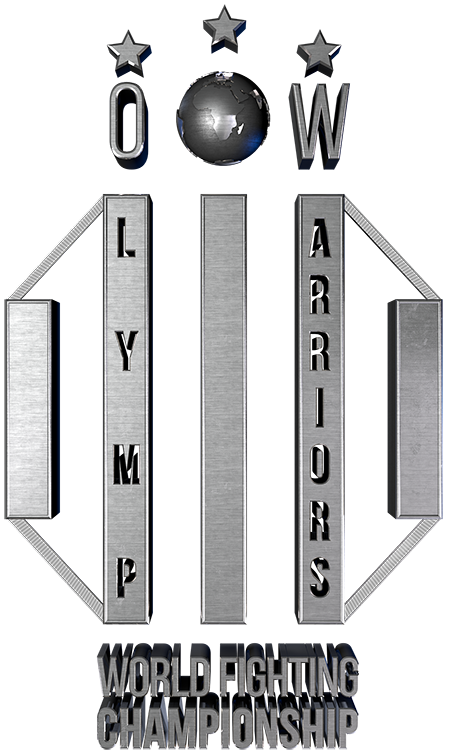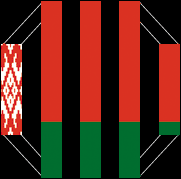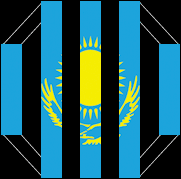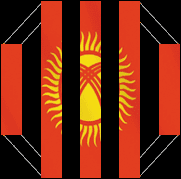Fighter on Fighter: Breaking down UFC 214’s Daniel Cormier

MMAmania.com resident fighter analyst -- and aspiring professional fighter -- Andrew Richardson breaks down the mixed martial arts (MMA) game of UFC 214 headliner Daniel Cormier, who looks to finally defeat Jon Jones this Saturday night (July 29, 2017) inside Honda Center in Anaheim, California.
Ultimate Fighting Championship (UFC) Light Heavyweight kingpin, Daniel Cormier, will square off with bitter rival and former champ, Jon Jones, this Saturday night (July 29, 2017) at UFC 214 inside Honda Center in Anaheim, California.
Being the rival of the greatest fighter in history is no easy task.
Yes, Cormier is definitely paddling upstream. “DC” is a great fighter and worthy champion, quite arguably the second best 205-pound fighter in history. Were it not for Jones, Cormier would be known as the best, a likable champion with some real blood-and-guts wars on his record. Sadly, Jones haunts Cormier as the only man to best him. Cormier won the strap over two years ago, but people still refuse to look at him as the true champion. For better or worse, this rematch will go a long way in deciding Cormier’s legacy.
Let’s take a closer look at his skill set:
Striking
Cormier’s style of kickboxing may be a bit awkward, but the man has stood toe-to-toe for extended periods of time with some of the division’s best and come out on top more often than not. Cormier throws heat and is tough in exchanges, refusing to give ground and setting up his wrestling in the process.
Whenever Cormier throws punches, he leans forward at least a little. If this were a boxing match, that would be an issue, but Cormier's Olympic wrestling background allows him certain liberties. Leaning into punches helps Cormier transition into a takedown attempt quickly, and the threat of that takedown makes countering Cormier a risky proposition. This style of punching really relies on Cormier's ability to read his opponent. If his hands are up high and ready to defend, Cormier will duck down and shoot (GIF). Should his opponent still seem ready to defend the shot, Cormier will extend his combination further.
While on his feet, Cormier works with a high volume of jabs and crosses, mixing in shots to the body as well. Cormier doesn't often throw extended combinations, sticking mostly to the one-two combination and cross-hook. While Cormier punches, he does a nice job of getting his head off the center line.
On the feet, Cormier’s kickboxing is complicated by the constant threat of the takedown. He shoots to set up punches, or throws a combination to hide a takedown. He can level change, punch, then actually shot. No matter what order this mix of high and low offense is utilized, it is almost always effective, which makes it a perfect technique for us to highlight.
Perhaps the best part of Cormier’s striking is his clinch work. The clinch in wrestling may be a bit of a different position, but Cormier’s expertise on posture control definitely carries into the cage. It’s difficult to describe without actually having experience opposite a truly great wrestler, but there’s a different level to their push and pull at close distances.
In Cormier’s case, this most often results in a wickedly effective uppercut. Particularly in his fights with Jones and Alexander Gustafsson, Cormier would hang on the neck of his opponent with a single collar-tie. It’s a horrible wearing technique that breaks posture and saps energy, but Cormier will also be bloodying his opponent with the other hand using uppercuts (GIF). If his foe really yanks away to break free, Cormier can easily transition into his single leg takedown.
Alternatively, Cormier can look to grab the double-collar tie and land knees. At any point in the clinch — from the double-collar tie to a single underhook — Cormier is likely to yank on his opponent’s head and start throwing uppercuts. He’s also aggressive on the break, looking to leap forward with a heavy left hook and catch his foe being lazy.
Though Cormier largely relies on his hands, he's a capable kicker as well. His roundhouse kicks are fairly powerful, and they often punctuate his combinations nicely. In the last year or two, Cormier has worked more with the front kick, which can help force his opponent to stand up straighter.
Defensively, there are definitely holes in Cormier's game. His hands often begin to dip when he throws in combination, which leaves him vulnerable to counter punches, particularly since he's often leaning into his punches. In addition, Cormier has shown a weakness to body shots. A single body kick won't cause him to crumble to the floor, but it does affect and slow him down. Opposite lanky men like Jones and Gustafsson, Cormier has proven too willing to walk through shots. Both of those fighters repeatedly dug kicks or knees to his body as Cormier attempted to close the distance. Cormier may have pushed through, but that’s because he’s tough as hell, as those shots definitely landed hard and had an effect.
Wrestling
Cormier has a strong argument as UFC’s best wrestler. The Olympian is masterful in all parts of the takedown, setting up his shots well, transitioning with ease, and usually finishing with a hard slam. Only Jones has been able to stand up to his wrestling, and even then, neither man was ever able to control the other on the mat.
Cormier’s high-crotch takedown is his best weapon. “DC” is an expert from that position and probably knows a dozen potential finishes once in on the shot. All of the small details in his shot and finishes -- be it his grip, hip pressure or posture -- are done perfectly. All those years of practice and experience are what make Cormier so successful and allows him to ragdoll excellent defensive wrestlers like they’re children (GIF).
Most of the time Cormier shoots, it’s for the high crotch single leg. Often using a roll to set up the shot, Cormier will drive into his opponent's hips. Additionally, Cormier will sometimes just drop down and turn a corner when his opponent moves forward with punches, which he did successfully against "Rumble" multiple times (GIF). Once Cormier successfully penetrates his opponent’s hips, his opponent is likely going for a ride. Cormier is simply a master of finishing the single leg and regardless of how his opponent looks to defend, Cormier usually has an answer. After looking to run the pipe and dump his foe to the mat -- the standard high crotch finish that Cormier routinely hits -- Cormier will react accordingly to however his opponent attempts to defend.
For example, Barnett was able to keep his balance when Cormier first attempted to dump him. However, Josh Barnett did not use an overhook to keep Cormier bent over or even fight his hands, allowing "DC" to easily push his hips in and lift the Heavyweight into the air (GIF). Alternatively, Cormier will look to trip out the remaining leg. While keeping a tight grip on the single leg, Cormier can use his legs to land an inside or outside trip. If these trips fail, Cormier is usually in position to transition into a double leg instead and run through his opponent.
Aside from the single-leg, Cormier will often work from the clinch. He's very physically strong from that position, which means he’s happy to work punches, jam his foe into the fence, or look for the takedown. When in tight, Cormier uses a wide variety of takedowns. For example, he’s a big fan of the inside trip, driving his opponent backward before hook the leg. Alternatively, Cormier will react with a slick lateral drop is his foe pushes back into him.
Cormier’s defense wrestling is outstanding. More often than not, takedowns simply bounce off him. Against other elite Light Heavyweights in Jones and Gustafsson, Cormier may have momentarily been brought to the mat on a couple of occasions, but he was nevertheless able to stand quickly without much difficulty.
Brazilian Jiu-Jitsu
Cormier is a brown belt in jiu-jitsu, but like a lot of other American Kickboxing Academy (AKA)-trained fighters, Cormier usually prefers to maintain top position and deliver ground strikes rather than hunt for submissions.
To his credit, Cormier was more active than usual in trying to submit Anthony Johnson the first time around. He tried to kimura and straight arm bar "Rumble" from within the half guard, which can be difficult to finish. Still, it can be done, and both moves are low risk attacks that are a solid part of Cormier's top game.
Plus, they made Johnson work and slowly emptied his gas tank further.
Cormier will also hunt for the rear naked choke, which accounts for each of his four submission wins. There's not a ton to it — Cormier breaks down his opponent from top position until it's easy to latch onto the neck and squeeze. His style of top control and pace is brutal, opening up opportunities for the choke simply via pressure.
Defensively, Cormier hasn't been threatened all that often. When he did go to the ground with Barnett, Cormier did a nice job staying safe within the guard and landing nasty elbows. Once Barnett opened up and began attacking, Cormier would simply pull away and let him back up. Similarly, Cormier has had little difficulty on the mat with black belts like Frank Mir, Roy Nelson, and Anderson Silva.
Conclusion
Cormier is a 205-pound great, and there’s no denying that. However, the longest chapter of his book — at least the MMA portion — will be dedicated to his bouts with Jones, and “DC” himself acknowledges that it’s not much of a rivalry unless he wins here. In that case, being the first man to defeat Jones will be a huge boon for his legacy. And he’ll have the chance to do it again in a trilogy fight.
*****
Andrew Richardson, a Brazilian jiu-jitsu purple belt, is an amateur fighter who trains at Team Alpha Male in Sacramento, California. In addition to learning alongside world-class talent, Andrew has scouted opponents and developed winning strategies for several of the sport's most elite fighters.













